


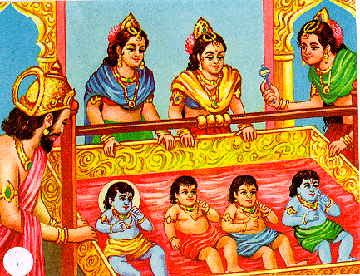
Natal chart of Sri Rama:
Valmiki in his Sanskrit text Ramayan describes the natal or birth chart of young Rama, and this day is celebrated as Ramanavami festival throughout India and amongst Indian diaspora:
- Book I : Bala Kanda, Ramayana by Valmiki, Chapter (Sarga) 18, Verse 8, 9, 10 and 11

Legend:
Four storeys - even the original Ravana may not have been so tall. But this is the Kali Yuga, when evil is supposed to assume an even more terrifying form. Ravana has his moments of glory, and that too, on Rama Navami, the birthday of Rama.
The effigy of the ten-headed Ravana swaggers through the town, wearing a gaudy crown and exaggerated moustache, with shouting hordes following. But once Ravana reaches the open ground that is his final destination, he is suddenly deserted by most of his "followers" - because the noble Rama has made his appearance.
In the end, righteousness does triumph, even in Kali Yuga. Rama engages him in battle, and finally pierces him with a potent arrow. And the huge effigy of Ravana, filled to bursting with firecrackers, is set alight, and explodes into a thousand bits amid loud cheers from the crowd and shouts of Jai Shri Ram. This ritual is an important part of the Rama Navami celebrations in most parts of North India.
Rama Navami falls on the ninth day of the shukla paksha, or bright phase of the moon, in the lunar month of Chaitra (April-May). The first day of Chaitra , or Ugadi, also marks the beginning of the Indian year.
Rama is one of the ten avatars of Lord Vishnu, and one of the two most popular, along with Krishna. Consequently, Rama Navami is widely celebrated, though not on the scale of festivals like Diwali or Dussehra.
According to legend, Rama was born at noon. Rama is the epitome of perfection, the uttama purusha, fulfilling all his duties towards both family and subjects.
Rama was the first of the four sons of King Dasharatha of Ayodhya. When it was time for Rama to be made crown-prince, his stepmother, Kaikeyi, got Dasharatha to send him to the forest for 14 years. His wife Sita and his brother Lakshmana also accompanied him. In the forest, Sita was kidnapped by Ravana, the demon king of Lanka. Rama, together with Hanuman and the monkey army, built a bridge to Lanka, killed Ravana, and brought Sita back.
It is believed that listening to the story of Rama cleanses the soul. Meditating on the noble Rama and chanting his name is believed to ease the pains of life and lead one to moksha, or liberation. It is also common practice to chant the name of Rama while rocking babies to sleep.

Significance:
Though Rama Navami is a major festival for Vaishnavites, it is widely celebrated by worshippers of Shiva, too. It is considered auspicious to undertake a fast on the day in the name of Rama. The more devout fast for nine days, from Ugadi to Rama Navami. The objective of the fast is not to ask for special favours of the deity but to seek perfection as a human being.
Devotees perform elaborate pujas and chant the name of Rama. Temples of Rama have special services and bhajan sessions through the day.
One significant and popular element of the celebration is the Ramayana parayana, a discourse on the Ramayana, by a pundit or a professional story-teller. It usually lasts nine days, beginning on Ugadi and ending on Rama Navami. A skilled story-teller who can liven up the event by weaving in contemporary events attracts massive crowds.
Since Rama is also one of the most sung-about deities in Indian classical music and literature, week-long (and sometimes, month-long) musical programmes are organised.
Sacred places associated with Rama, like Ayodhya, Ujjain and Rameshwaram, draw tens of thousands of devotees. In Rameshwaram, thousands take a ritual bath in the sea before worshipping at the Ramanathaswamy temple.
Many places in North India host fairs in connection with the festival,
culminating in spectacular fireworks on Rama Navami.








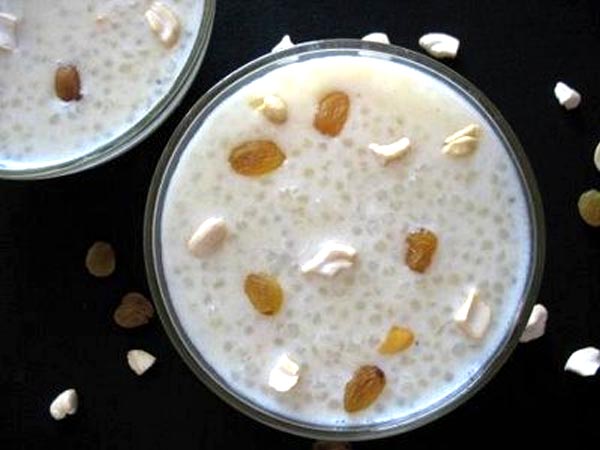


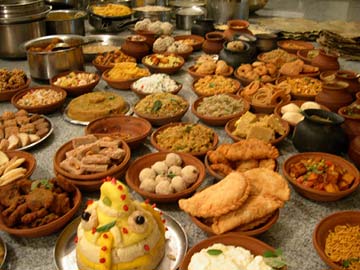
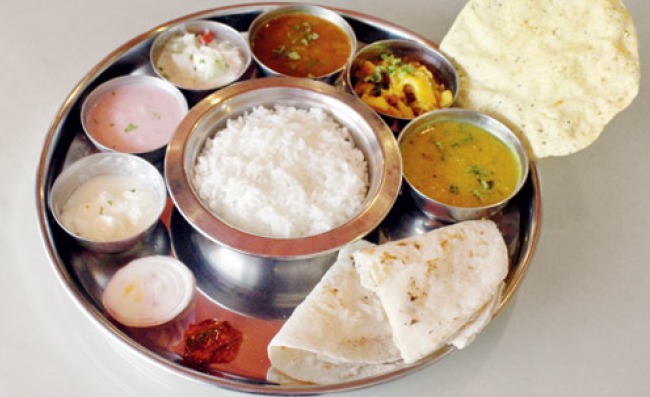


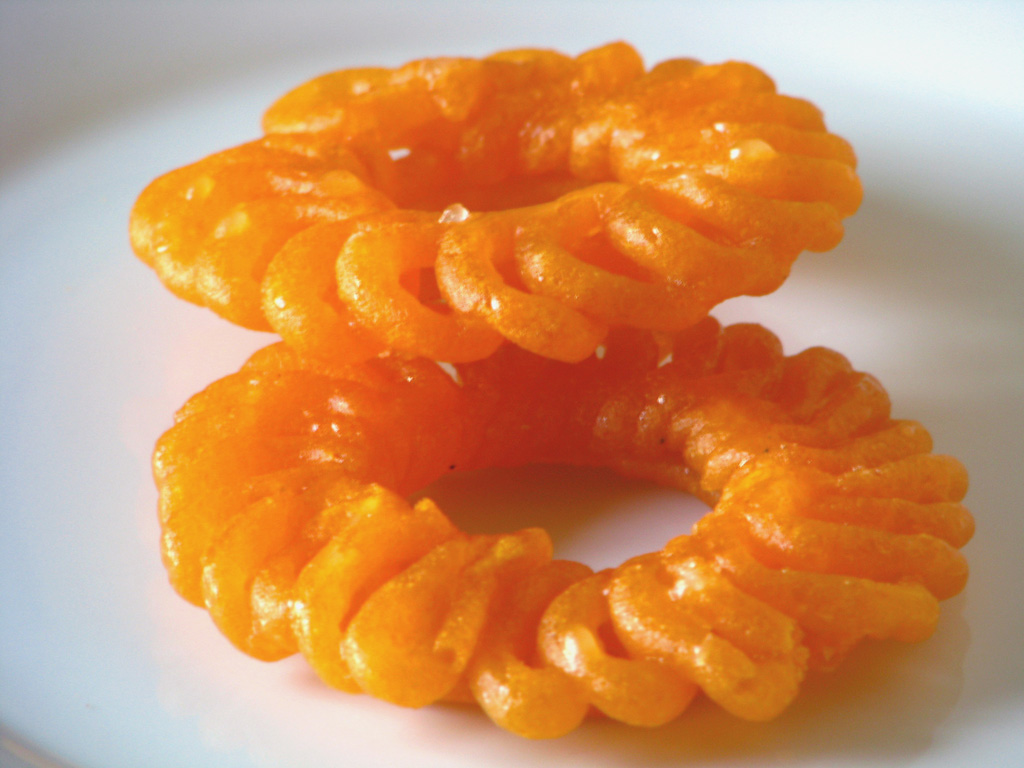

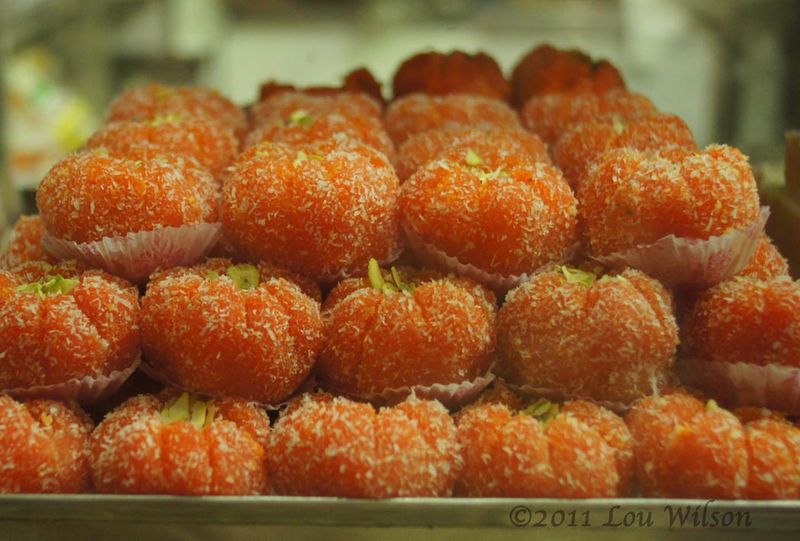
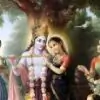


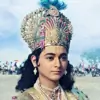



















917